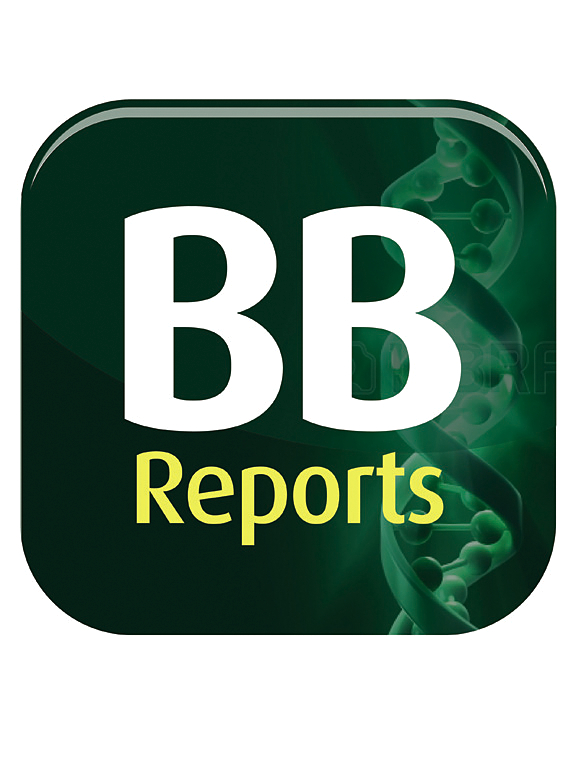A novel anti-mouse CXCR1 monoclonal antibody, Cx1Mab-8, demonstrates nanomolar affinity in flow cytometry
IF 2.3
Q3 BIOCHEMISTRY & MOLECULAR BIOLOGY
引用次数: 0
Abstract
CXC chemokine receptor 1 (CXCR1) is an important regulator for neutrophil granulocyte activation through binding to the ligand interleukin-8 (IL-8). Upon binding to IL-8, CXCR1 activates downstream signaling, critical for innate and adaptive immune responses. The IL-8-CXCR1 axis also plays an important role in tumor progression, especially in the tumor microenvironment. CXCR1 antagonists or anti-IL-8 monoclonal antibodies (mAbs) have been developed and evaluated in clinical trials for inflammatory diseases and tumors. In this study, we developed novel mAbs for mouse CXCR1 (mCXCR1) using the N-terminal peptide immunization. Among the established anti-mCXCR1 mAbs, Cx1Mab-8 (rat IgG2b, kappa) recognized mCXCR1-overexpressed Chinese hamster ovary-K1 (CHO/mCXCR1) and mCXCR1-overexpressed LN229 (LN229/mCXCR1) by flow cytometry. The dissociation constant (KD) values of Cx1Mab-8 for CHO/mCXCR1 and LN229/mCXCR1 were determined as 4.1 × 10−10 M and 1.5 × 10−9 M, respectively. These results indicated that Cx1Mab-8 is useful for detecting mCXCR1 by flow cytometry with high affinity and could contribute to obtaining the proof of concept in preclinical studies.
求助全文
约1分钟内获得全文
求助全文
来源期刊

Biochemistry and Biophysics Reports
Biochemistry, Genetics and Molecular Biology-Biophysics
CiteScore
4.60
自引率
0.00%
发文量
191
审稿时长
59 days
期刊介绍:
Open access, online only, peer-reviewed international journal in the Life Sciences, established in 2014 Biochemistry and Biophysics Reports (BB Reports) publishes original research in all aspects of Biochemistry, Biophysics and related areas like Molecular and Cell Biology. BB Reports welcomes solid though more preliminary, descriptive and small scale results if they have the potential to stimulate and/or contribute to future research, leading to new insights or hypothesis. Primary criteria for acceptance is that the work is original, scientifically and technically sound and provides valuable knowledge to life sciences research. We strongly believe all results deserve to be published and documented for the advancement of science. BB Reports specifically appreciates receiving reports on: Negative results, Replication studies, Reanalysis of previous datasets.
 求助内容:
求助内容: 应助结果提醒方式:
应助结果提醒方式:


